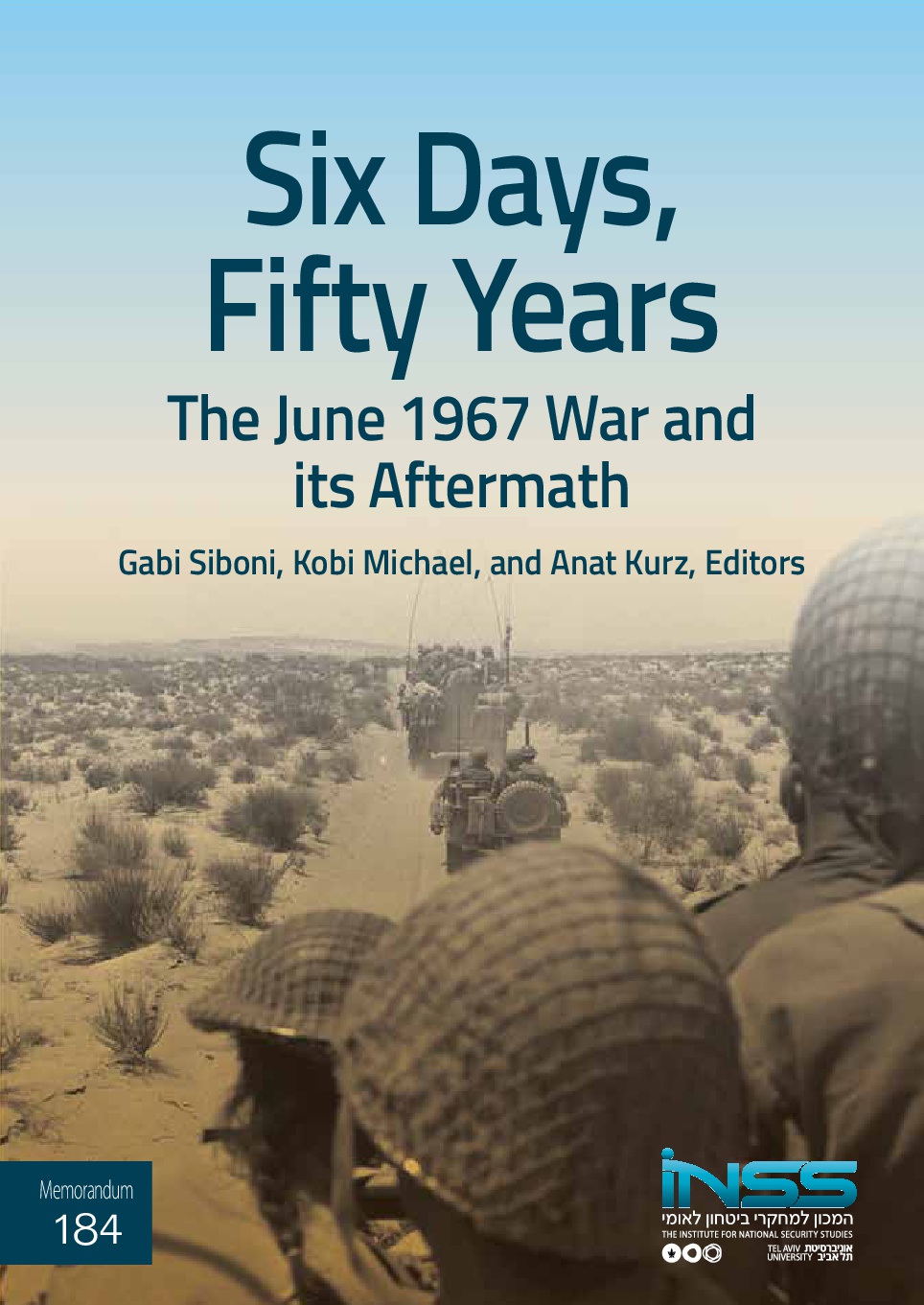Publications
Tel Aviv: The Institute for National Security Studies, 2018

The Six Day War created a new reality in the Middle East, particularly in the Israeli-Palestinian arena. Already in the years before the war, there were defined Palestinian organizational frameworks, foremost among them Fatah and the Palestinian Liberation Organization (PLO). However, it was the military, territorial, and political outcome of the war and its complex and long term implications for relations between the Arab states and Israel that shaped the conditions for the growth of the Palestinian national movement. The strength of the movement since the Six Day War has fluctuated, seeing highs and lows; nonetheless, it evolved to become firmly established as a key actor in the politics of the Middle East in general and in the relations between Israel and the Palestinians in particular, first under the leadership of the PLO, led by Fatah, and later under the Palestinian Authority (PA(. This essay surveys the primary motifs—by topics and themes, more than chronologically—in the development of the Palestinian national movement during the fifty years since the Six Day War. These motifs are directly and indirectly related to Israel’s military achievement in the war and in particular one of its most dramatic outcomes—the occupation of the West Bank and the Gaza Strip.


